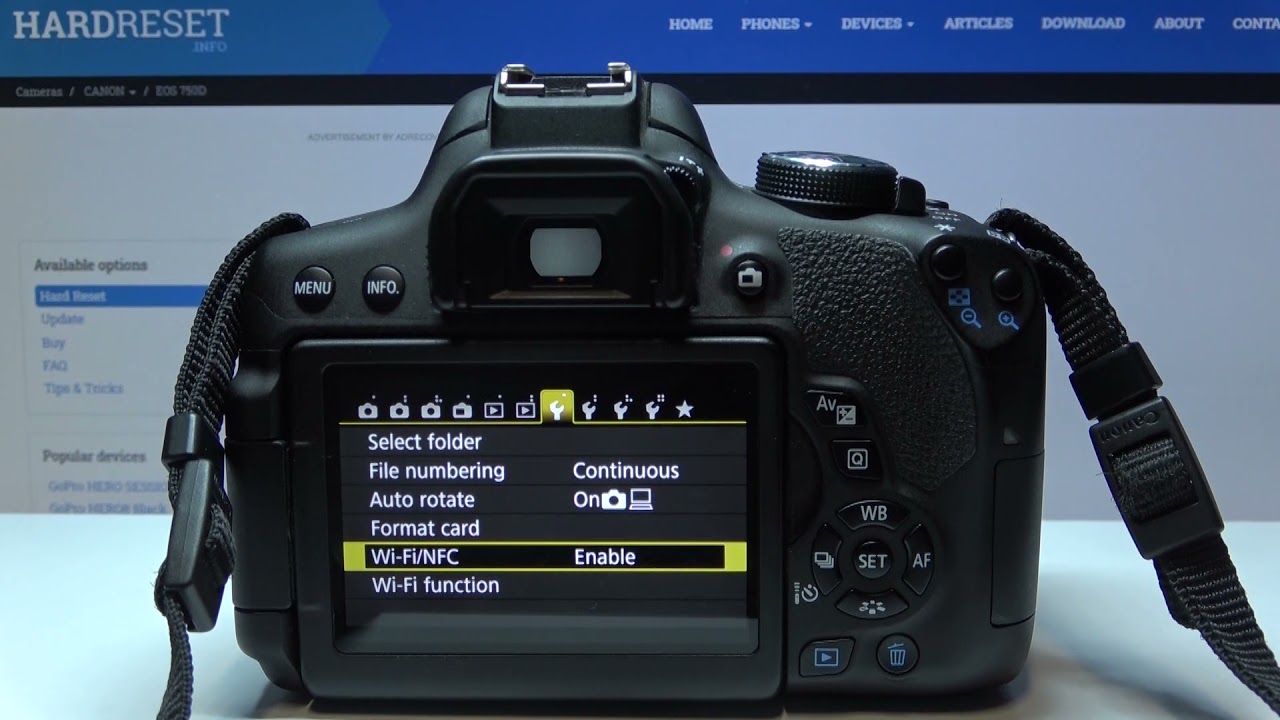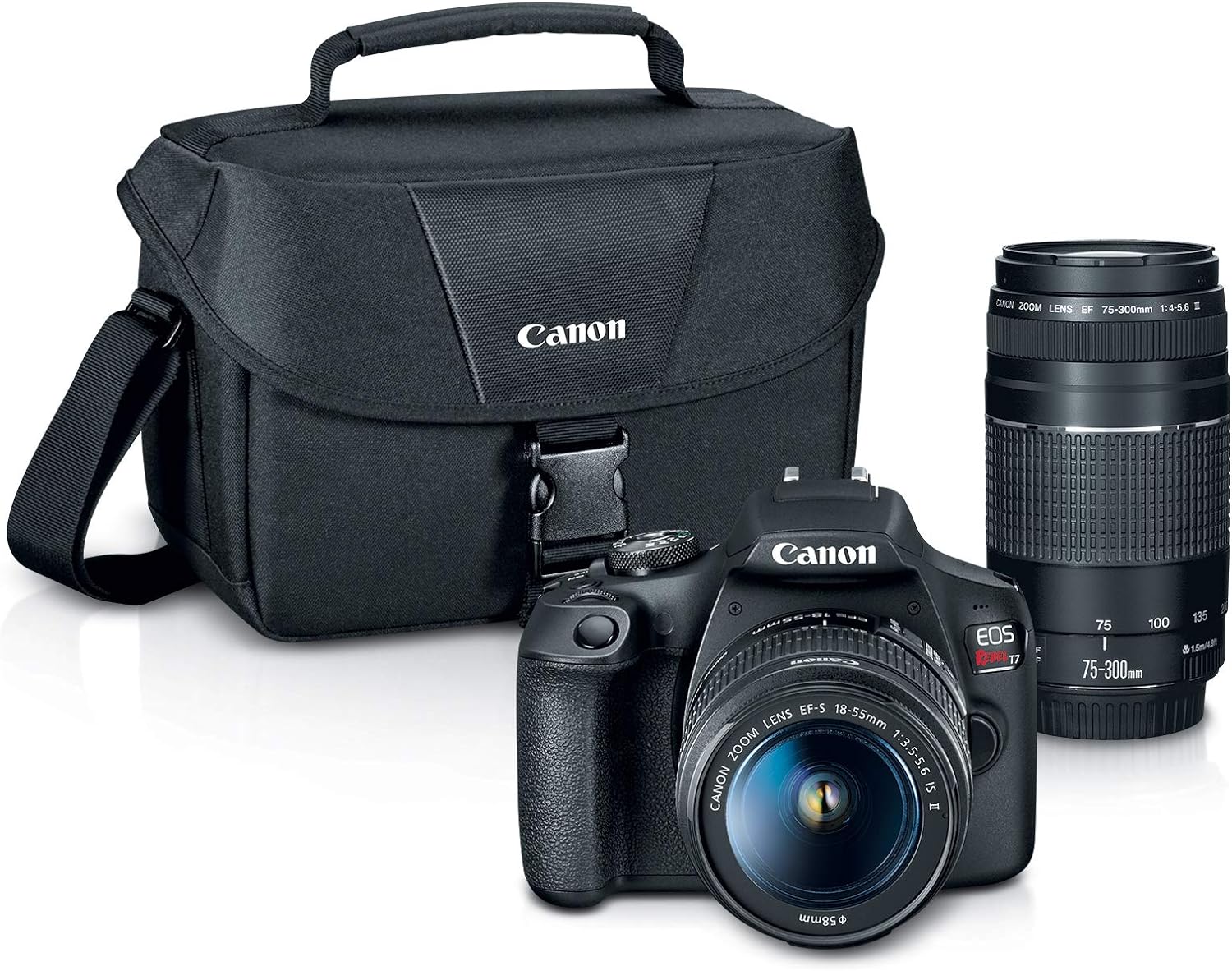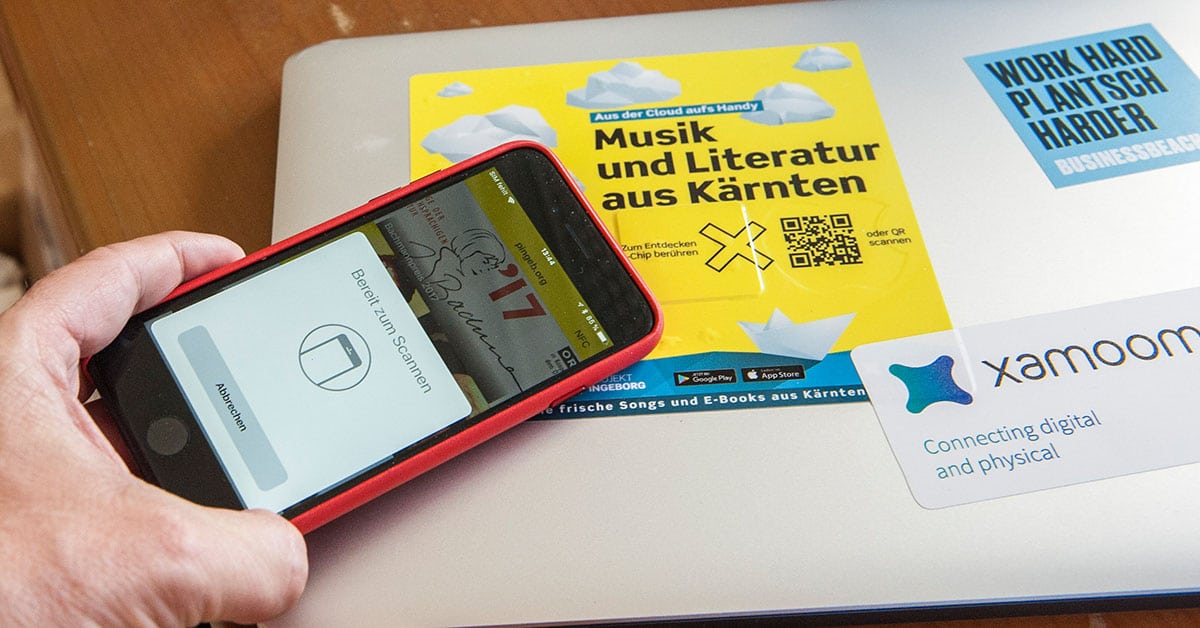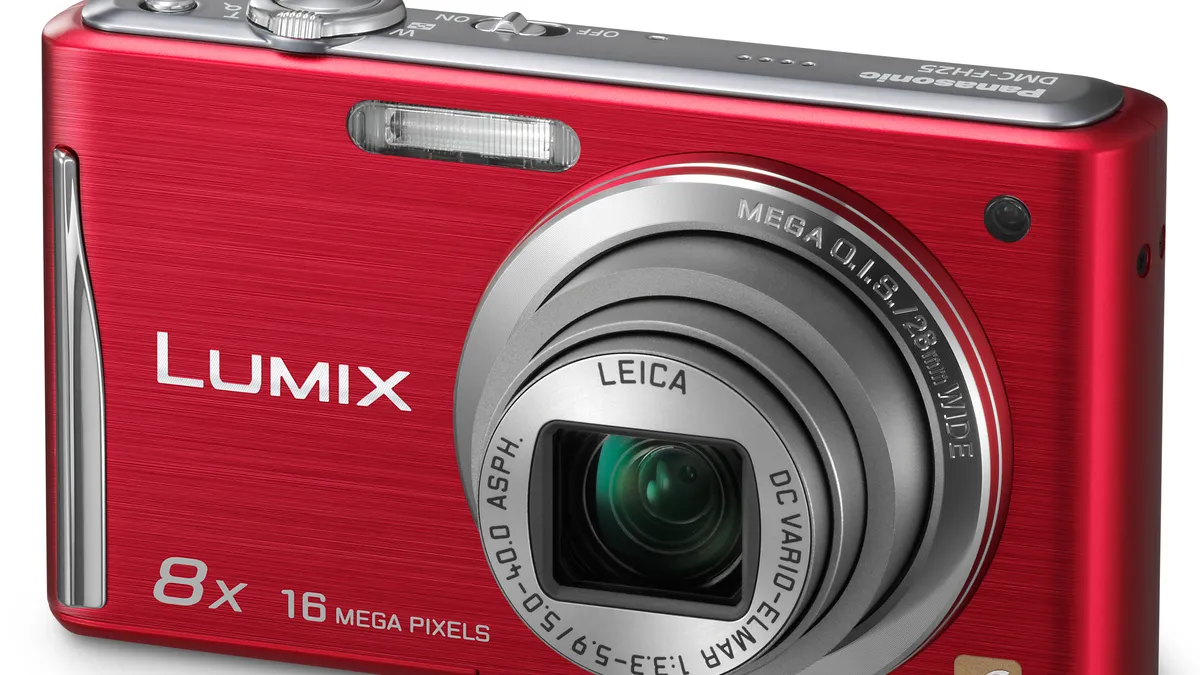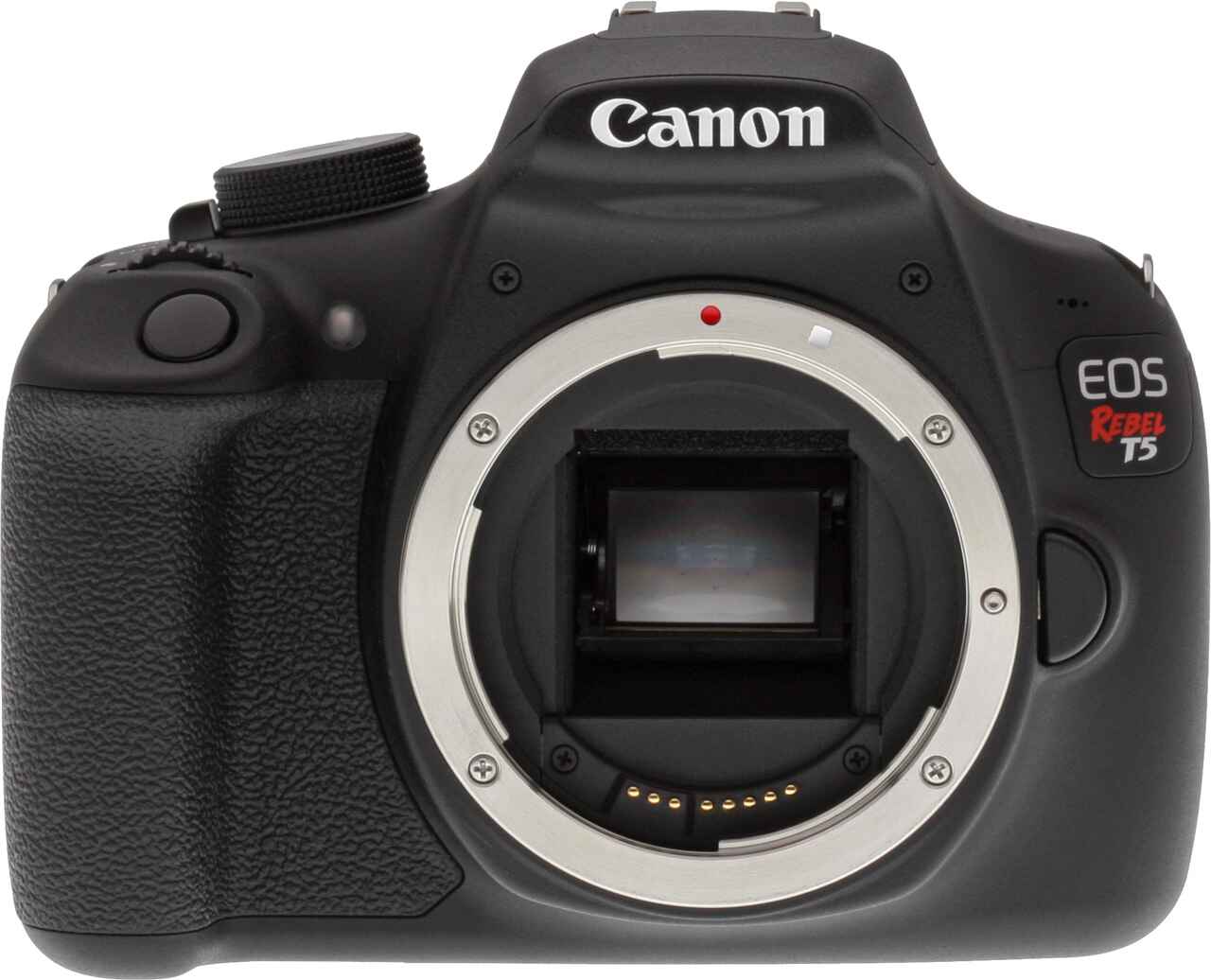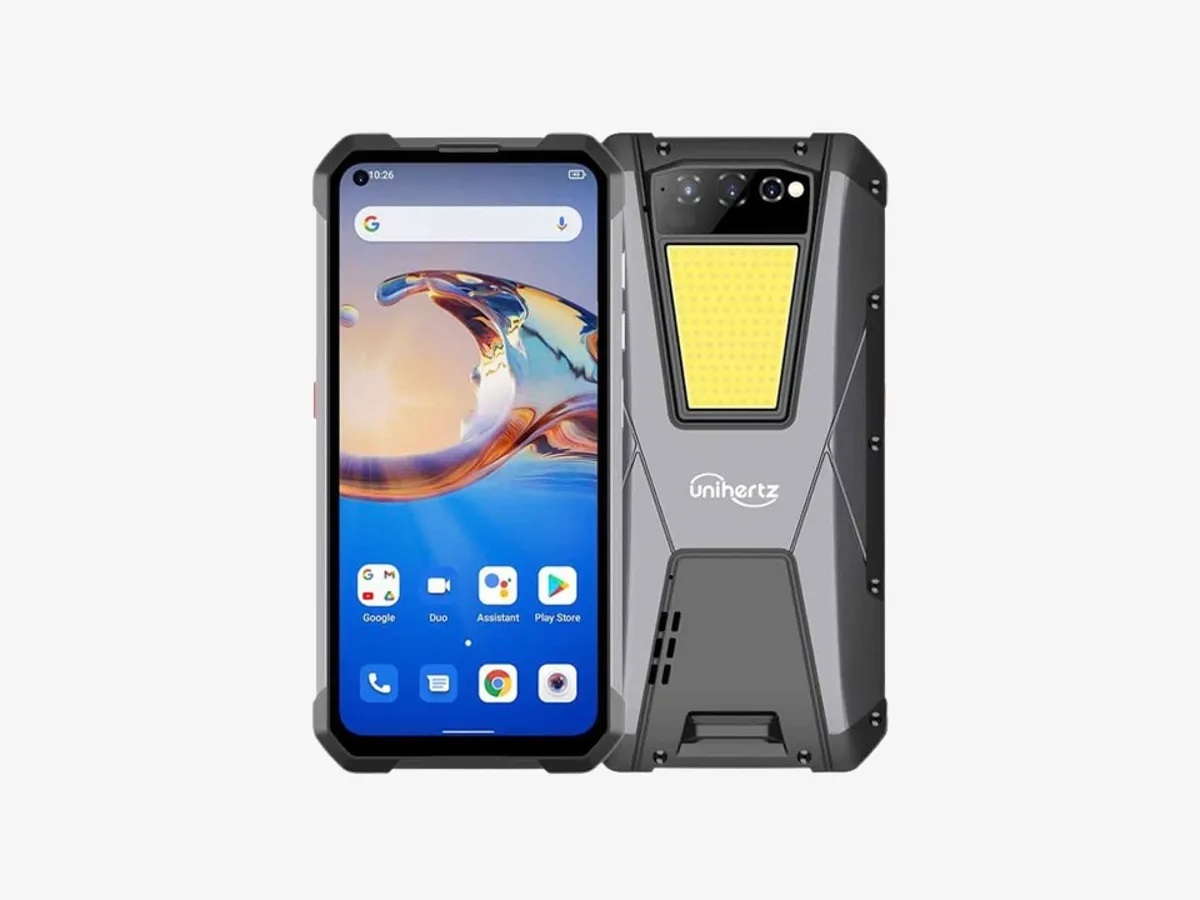Introduction
Welcome to the world of NFC (Near Field Communication) technology in cameras. In this digital age, cameras have evolved to be more than just devices to capture moments. They have become interconnected tools that allow photographers to seamlessly transfer photos, control settings, and enhance their overall photography experience.
NFC is a wireless communication technology that enables the exchange of data over short distances. It has gained popularity in various industries, including smartphones, payment systems, and now, cameras. With NFC, photographers can enjoy the convenience of effortless photo sharing, remote control functionality, and more.
This article will dive into the world of NFC technology in cameras, exploring its benefits, limitations, and providing tips on how to make the most of this feature. Whether you’re an amateur enthusiast or a professional photographer, understanding NFC and its capabilities in cameras can revolutionize the way you capture and share your images.
So, let’s unravel the wonders of NFC and unlock a world of possibilities with your camera.
What is NFC?
NFC, or Near Field Communication, is a short-range wireless communication technology that enables devices to exchange data when they are in close proximity to each other. It operates on radio frequency identification (RFID) principles, using electromagnetic fields to establish a connection between devices.
NFC is widely adopted in various applications, including contactless payments, data sharing, and simplified communication between devices. It is commonly found in smartphones, tablets, and now, even cameras.
One of the key features of NFC is its simplicity and ease of use. Unlike other wireless communication technologies, such as Bluetooth or Wi-Fi, NFC does not require complex pairing or manual setup. Simply bringing two NFC-enabled devices close to each other initiates the connection.
With NFC, you can enjoy a seamless and hassle-free experience when connecting your camera to other compatible devices, such as smartphones or tablets. It eliminates the need for wires, cables, or complicated configuration processes.
NFC operates at a short range, typically within a few centimeters. This range ensures secure and reliable data transfer, making NFC an ideal technology for quick and convenient interactions between devices. It is worth noting that NFC operates in passive and active modes. In passive mode, one device, such as a smartphone, generates an NFC field that can be detected by another device, such as a camera, operating in active mode.
In summary, NFC is a wireless communication technology that allows devices to exchange data by simply bringing them close to each other. It offers a convenient, secure, and easy-to-use method for connecting devices and transferring data, and it has become an integral part of cameras to enhance their functionality and connectivity.
NFC Technology in Cameras
NFC technology has found its way into cameras, transforming them into more than just image-capturing devices. With NFC-enabled cameras, photographers can enjoy a wide range of features and capabilities that enhance their photography experience.
One of the primary uses of NFC in cameras is for seamless photo transfer. By simply tapping a compatible smartphone or tablet to an NFC-enabled camera, photographers can quickly and effortlessly transfer photos from the camera to the mobile device. This feature is particularly useful for sharing images on social media platforms, editing on-the-go, or backing up photos to the cloud.
In addition to photo transfer, NFC in cameras also allows for remote control functionality. By connecting a smartphone to an NFC-enabled camera, photographers can use their mobile device as a remote control, adjusting settings, activating the shutter, and even previewing the image. This feature is incredibly useful for self-portraits, group shots, or capturing images in challenging angles or locations.
NFC technology also enables quick and easy pairing with other compatible devices, such as printers or wireless storage devices. This allows for convenient printing or backing up of photos directly from the camera, without the need for complicated setup or configuration.
Furthermore, NFC can enhance the overall connectivity of the camera. For example, by tapping an NFC-enabled camera to an NFC-enabled lens or accessory, the camera can automatically recognize and configure the settings, providing a seamless integration between the camera and the attached accessory.
It’s important to note that not all cameras come with NFC capability. Before purchasing a camera, check the specifications to ensure NFC is included if it’s a feature you desire. Additionally, compatibility with other devices, such as smartphones or tablets, should also be taken into consideration.
NFC technology in cameras opens up a world of possibilities, allowing photographers to effortlessly transfer photos, remotely control the camera, connect with other devices, and enhance the overall photography experience. It’s a feature that adds convenience, flexibility, and connectivity to modern cameras, transforming them into powerful tools for capturing and sharing images.
Benefits of NFC in Cameras
NFC technology in cameras brings a plethora of benefits that enhance the photography experience for both amateurs and professionals. Let’s explore the key advantages of NFC in cameras:
- Simple and Convenient: NFC eliminates the need for complicated setup or manual configuration. With a simple tap, photographers can establish a connection between their camera and other NFC-enabled devices, such as smartphones or tablets. This makes tasks like photo transfer and remote control quick and effortless.
- Effortless Photo Transfer: NFC allows for seamless photo transfer from the camera to a compatible device. By tapping the camera to a smartphone or tablet, photographers can instantly transfer photos for immediate sharing on social media, editing on-the-go, or backing up to cloud storage.
- Remote Control Functionality: NFC-enabled cameras enable remote control functionality, transforming a smartphone or tablet into a remote control device. Photographers can adjust camera settings, activate the shutter, and even preview the image on their mobile device, providing greater flexibility and convenience in capturing images.
- Enhanced Connectivity: NFC technology enables easy pairing and connectivity with other compatible devices, such as printers or wireless storage devices. This allows for convenient printing of photos directly from the camera or backing up images without the hassle of wires or complex configurations.
- Streamlined Integration: NFC in cameras facilitates seamless integration with NFC-enabled lenses and accessories. By tapping the camera to a compatible accessory, the camera can automatically recognize and configure the settings, providing a streamlined and hassle-free experience for photographers.
- Time and Energy Saving: NFC eliminates the need for manual setup, configuring settings, or transferring files via cables or Wi-Fi. This saves valuable time and energy, allowing photographers to focus on capturing stunning images instead of dealing with technicalities.
The benefits of NFC in cameras are undeniable. It simplifies the photo transfer process, enables remote control functionality, enhances connectivity, streamlines integration with accessories, and saves valuable time and energy. NFC empowers photographers to effortlessly capture, share, and enjoy their images, taking their photography experience to new heights.
How Does NFC Work in Cameras?
NFC technology in cameras works by utilizing electromagnetic fields and radio frequency identification (RFID) principles to establish communication between two NFC-enabled devices. Let’s dive into the details of how NFC works in cameras:
1. Passive and Active Mode: NFC operates in two modes: passive mode and active mode. In passive mode, one device generates an NFC field, and another device operating in active mode detects and responds to the field. In the case of cameras, the camera usually operates in active mode, while the smartphone or tablet often operates in passive mode.
2. Physical Connection: NFC works by establishing a physical connection between the camera and the NFC-enabled device. This physical connection is created by bringing the devices close to each other, typically within a few centimeters. Once the devices are in close proximity, the NFC technology takes over.
3. Data Transmission: When the NFC connection is established, the camera and the NFC-enabled device can exchange data. This can include commands, settings, or content such as photos or videos. The transfer is facilitated by the electromagnetic fields created by the NFC technology.
4. Secure Communication: NFC ensures secure data transmission by employing encryption and authentication mechanisms. This helps prevent unauthorized access and ensures that the data transferred between the camera and the NFC-enabled device remains private and safe.
5. Simplified Setup: One of the key advantages of NFC in cameras is the simplified setup process. Unlike other wireless communication technologies such as Bluetooth or Wi-Fi, NFC doesn’t require complex pairing or manual configuration. Simply tapping the camera to a compatible device initiates the connection, making it quick and hassle-free.
6. Range and Speed: NFC operates at a relatively short range, typically within a few centimeters. This limited range ensures that the devices are in close proximity, enhancing the security and reliability of the communication. Additionally, NFC technology offers fast data transfer rates, allowing for quick and efficient exchange of information.
In summary, NFC technology in cameras works by establishing a physical connection between the camera and the NFC-enabled device. This connection is created by bringing the devices close to each other, allowing them to exchange data through electromagnetic fields. NFC offers secure communication, simplified setup, and operates at a short range with fast data transfer speeds, making it an ideal technology for seamless connectivity and enhanced functionality in cameras.
Compatibility and Limitations of NFC in Cameras
While NFC technology brings numerous benefits to cameras, it’s essential to understand the compatibility and limitations of NFC in cameras before making the most of this feature.
Compatibility: Not all cameras come with NFC capability. Therefore, it’s important to check the specifications of the camera before purchasing to ensure it has NFC functionality if that’s a feature you desire. Additionally, compatibility extends beyond the camera itself. Ensure that the other devices you want to connect with, such as smartphones or tablets, also support NFC.
Limitations: Although NFC is a convenient and versatile technology, it does have a few limitations to be aware of:
- Short Range: NFC operates within a short range, typically a few centimeters. This means that the camera and the NFC-enabled device need to be in close proximity for the connection to work. Ensure that the devices are close enough to establish a connection when using NFC on cameras.
- One-way Communication: NFC in cameras primarily functions for one-way communication, meaning data transfers from the camera to the NFC-enabled device. While commands and settings can be sent from the device to the camera in some cases, the primary use of NFC in cameras is for photo transfer and remote control functionalities.
- Device Placement: For NFC to work effectively, it’s important to ensure that the NFC points on both the camera and the NFC-enabled device are aligned properly. This may require some experimentation and adjustment to establish a strong and reliable connection.
- Varying Device Support: Not all devices support NFC, or their NFC functionality may differ. It’s important to ensure that the NFC-enabled device you’re using with your camera has the necessary NFC capabilities and is compatible with the camera’s NFC system.
- Power Consumption: While NFC technology itself doesn’t consume significant power, keeping the NFC feature activated on your camera may have a slight impact on battery life. It’s advisable to disable NFC when not in use to preserve battery power.
Understanding the compatibility and limitations of NFC in cameras is crucial to effectively utilize this technology. By ensuring compatibility between devices, being aware of the range limitations, and considering the NFC functionality available, photographers can make the most of this feature and unlock its full potential.
Setting Up NFC on Your Camera
Setting up NFC on your camera is a straightforward process that allows you to take advantage of the benefits and features that NFC technology offers. Here are the steps to set up NFC on your camera:
- Check Compatibility: First, make sure that your camera supports NFC. Refer to the camera’s manual or specifications to confirm if it has NFC functionality.
- Enable NFC: Once you’ve confirmed that your camera has NFC, go to the camera’s settings menu and look for the NFC option. Enable NFC to activate the feature on your camera. The exact location of this setting may vary depending on the camera model, so refer to the manual if needed.
- Ensure NFC-Enabled Device: To use NFC with your camera, ensure that the device you want to connect to, such as a smartphone or tablet, also has NFC functionality. Check the device’s specifications or settings to confirm NFC compatibility.
- Positioning the Devices: To establish a connection, ensure that the NFC points on both the camera and the NFC-enabled device are aligned. Depending on the camera and device, the NFC point may be indicated by a symbol or label. Align these points and bring the devices close to each other, typically within a few centimeters.
- Initiate the Connection: Once the devices are in close proximity and properly aligned, the NFC connection will be initiated. Pay attention to any prompts or notifications that appear on both the camera and the NFC-enabled device, as they may provide further instructions or confirm the connection.
- Follow on-screen prompts: Depending on the camera and the connected device, you may need to follow on-screen prompts to allow the data transfer or establish the remote control functionality. These prompts may request permission or provide options for the desired action.
- Enjoy the NFC Benefits: Once the connection is established, you can begin using the NFC features on your camera. This may include transferring photos, remotely controlling the camera, or utilizing other NFC-enabled capabilities.
It’s worth noting that the exact process of setting up NFC on your camera may vary depending on the model and brand. Refer to the camera’s manual or online resources for specific instructions tailored to your camera model.
Setting up NFC on your camera opens up a world of possibilities, allowing you to effortlessly transfer photos, access remote control functionality, and enhance connectivity with other compatible devices. By following these steps, you’ll be ready to take advantage of the convenience and versatility that NFC offers in your photography adventures.
Using NFC for Photo Transfer
One of the key features of NFC in cameras is its ability to facilitate seamless photo transfer. With NFC-enabled cameras, you can effortlessly transfer photos from your camera to a compatible device, such as a smartphone or tablet, with just a simple tap. Here’s how you can use NFC for photo transfer:
- Prepare Your Camera and Device: Ensure that NFC is enabled on both your camera and the NFC-enabled device you want to transfer the photos to. Check the camera’s settings menu and the device’s NFC settings to enable the feature.
- Position the Devices: Align the NFC points on your camera and the NFC-enabled device, which may be indicated by symbols or labels. Bring the two devices close to each other, typically within a few centimeters.
- Initiate the Transfer: Once the devices are in close proximity, the NFC connection will be activated. Pay attention to any prompts or notifications that appear on both the camera and the device. Follow the on-screen instructions to confirm and initiate the photo transfer.
- Confirm the Transfer: Depending on the camera and the NFC-enabled device, you may need to verify or confirm the transfer. This could involve confirming the selection of the photos to be transferred, granting permission for the transfer, or selecting the destination for the photos on the receiving device.
- Monitor the Transfer Process: While the transfer is in progress, keep an eye on the camera’s display or the device’s screen for updates on the transfer progress. Some cameras may display a progress bar or provide a notification once the transfer is complete.
- Check the Transferred Photos: After the transfer is complete, open the gallery or photo app on the receiving device to view the transferred photos. Depending on the device’s settings, the photos may be saved directly to the device’s storage or appear in a designated folder.
Using NFC for photo transfer offers a convenient and efficient way to quickly share your images with a compatible device. Whether you want to share your photos on social media, edit them on-the-go, or back them up to the cloud, NFC simplifies the process and eliminates the need for cables or complex configurations.
Keep in mind that the transfer speed may vary depending on the size and quantity of the photos, as well as the specific camera and device you’re using. Additionally, ensure that the NFC function is enabled and that both the camera and the receiving device have sufficient battery power to complete the transfer successfully.
By harnessing the power of NFC for photo transfer, you can easily and effortlessly transfer your captured moments from your camera to your other devices, allowing for immediate sharing, editing, and preserving of your cherished memories.
Using NFC for Remote Control
NFC technology in cameras goes beyond just photo transfer, offering another powerful capability – remote control functionality. With NFC-enabled cameras, you can use a compatible device, such as a smartphone or tablet, as a remote control for your camera. Here’s how you can use NFC for remote control:
- Ensure NFC Compatibility: Confirm that both your camera and the NFC-enabled device you want to use as a remote control support NFC. Check the camera’s specifications and the device’s settings to ensure NFC functionality is present.
- Activate NFC on Both Devices: Enable NFC on your camera and the NFC-enabled device. Navigate to the camera’s settings menu and the device’s NFC settings to turn on the feature.
- Position the Devices: Align the NFC points on the camera and the NFC-enabled device. This can typically be identified by symbols or labels. Bring the two devices close together, typically within a few centimeters.
- Initiate the Connection: Once the devices are in close proximity, the NFC connection will be established. Look out for any prompts or notifications on both the camera and the device. Follow the on-screen instructions to confirm and initiate the remote control connection.
- Control the Camera Functions: Once the connection is established, you can use the NFC-enabled device as a remote control for your camera. Depending on the camera’s capabilities and the available features, you might be able to adjust settings, activate the shutter, or even preview the image on the device’s screen.
- Experiment and Explore: Take advantage of the flexibility and convenience offered by remote control functionality. Use the NFC-enabled device to capture self-portraits, group photos, or images in challenging angles or locations. Explore the various camera settings and modes that can be controlled remotely.
- End the Remote Control Session: When you’re done with the remote control session, simply disconnect the devices by moving them away from each other. The NFC connection will be deactivated, and you can resume using the camera as usual.
Using NFC for remote control enhances your photography experience by providing greater flexibility and convenience in capturing images. It allows you to control your camera settings and activate the shutter from a distance, making it ideal for self-portraits, group shots, and situations where physically reaching the camera is challenging.
Keep in mind that the specific remote control features and capabilities may vary depending on the camera model and the application you’re using on the NFC-enabled device. Some remote control apps might offer additional functionalities like focusing, exposure adjustments, or even time-lapse shooting.
Experiment with the remote control functionality and explore the possibilities it brings. With NFC-enabled remote control, you can take your photography to new heights, capturing unique shots and enjoying the freedom to control your camera from a distance.
Tips for Using NFC in Cameras
When using NFC in cameras, there are several tips and best practices you can follow to maximize your experience and ensure a seamless connection. Here are some useful tips to consider:
- Keep Devices Updated: Ensure that both your camera and the NFC-enabled device have the latest firmware and software updates installed. This will help maintain optimal compatibility and performance.
- Remove Obstacles: Before establishing an NFC connection, remove any barriers or obstacles between the camera and the NFC-enabled device. This includes phone cases, covers, or any other objects that may hinder the NFC signal.
- Align NFC Points: When positioning the camera and the NFC-enabled device for connection, make sure to align the NFC points accurately. This will help establish a strong and reliable connection for effective data transfer or remote control.
- Ensure Sufficient Battery: Make sure that both the camera and the NFC-compatible device have sufficient battery power. Low battery levels can affect the stability and success of the NFC connection.
- Disable Other Wireless Connections: To avoid any interference, consider disabling other wireless connections, such as Wi-Fi or Bluetooth, on both devices while using NFC. This will help ensure a dedicated and uninterrupted NFC connection.
- Practice Placement Techniques: Experiment with different techniques for positioning the NFC-enabled device on the camera. This can help identify the optimal placement where the connection is most reliable and stable.
- Protect Your Privacy: As NFC allows for easy data transfer, be mindful of the photos or sensitive information that may be transferred. Only connect and transfer data with trusted devices and ensure that personal or private media is not inadvertently shared.
- Explore NFC Applications: Besides photo transfer and remote control, explore other NFC applications, such as connecting to wireless accessories or exploring camera-specific NFC-enabled features. Check the camera’s manual or online resources to discover additional NFC functionalities.
- Regularly Clean NFC Points: Over time, NFC points on both the camera and the device may accumulate dirt or dust, which can affect the connection. Clean the NFC points gently with a soft cloth regularly to maintain a strong and reliable connection.
- Be Patient: While NFC technology offers convenient and swift connections, occasionally, establishing a connection may take a few attempts. If the initial connection fails, reposition the devices and try again. Be patient and persistent to achieve a successful connection.
By following these tips, you can ensure a smooth and efficient experience when using NFC in your camera. Whether you’re transferring photos or utilizing remote control functionality, these best practices will help you make the most of the NFC technology and enhance your overall photography experience.
Conclusion
NFC technology has revolutionized the way cameras function, providing photographers with seamless connectivity and enhanced capabilities. From effortless photo transfer to convenient remote control functionality, NFC brings a new level of convenience and flexibility to the photography experience.
By enabling NFC on your camera, you can enjoy the benefits of quick and easy photo sharing, remote control capabilities, streamlined integration with accessories, and simplified connectivity with compatible devices. NFC eliminates the need for complicated setups, manual configurations, and cumbersome wires, allowing photographers to focus on capturing and sharing stunning images.
While NFC offers numerous advantages, it’s important to be aware of its limitations and compatibility requirements. Not all cameras come with NFC functionality, and compatibility with other devices can vary. Before purchasing a camera or relying on NFC, ensure that your camera and other devices support NFC technology.
Setting up NFC on your camera is a straightforward process, and once activated, it opens up a world of possibilities. With NFC, you can effortlessly transfer photos to compatible devices, control your camera remotely, and explore additional features and functions offered by NFC-enabled accessories.
To make the most of NFC in your camera, consider following some best practices, such as keeping devices updated, aligning NFC points accurately, and practicing optimal placement techniques. These tips will help ensure a consistent and reliable connection for seamless data transfer and remote control functionalities.
So, embrace the power of NFC in your camera, and unlock a new level of convenience, connectivity, and creativity in your photography journey. Whether you’re a professional photographer or an amateur enthusiast, NFC technology elevates the possibilities and enhances the way you capture, share, and enjoy your images.







